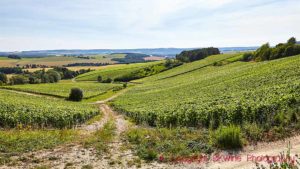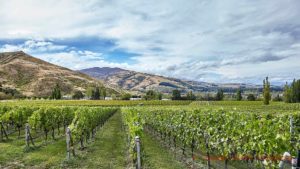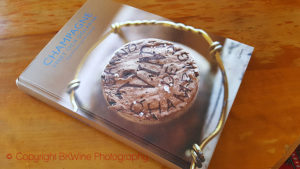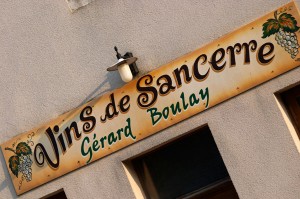
The upper Loire, from a vinous point of view, comprises the two well-known appellations Sancerre and Puilly-sur-Fumé, but also the less famous Menetou Salon, Quincy, Reuilly, Coteaux du Giennois and Chateaumeillant. We have just received a report from the interprofession and Sopexa UK on the 2011 vintage. (They choose to call it Les Vins du Centre Loire but I think few people outside of France would think of those wine regions as the ”Central Loire” – a quirk of the French administration system and the names of the departements.)
As in many parts of France 2011 was a curious year in the Upper Loire wine regions: very warm spring leading to extremely early and rapid development of the vines. But then some very cool periods during the summer which slowed down the ripening; a harvest that therefore was relatively normal, except that it was very outdrawn.
We have not had the possibility to visit any of the vineyards in this region this year nor have we had any chance to taste the musts or the wines. But judging from the harvest report it looks fairly good: The 2011 vintage was high in sugar and has given white wines that are soft and mellow. One problem may be the relatively low levels of acidity, reducing the freshness in the wines. For the red wines the 2011 harvest should be one or two notches better, judging from the reports, giving wines that are comparatively full-bodied with ripe tannins.
We reproduce below the full text of the 2011 harvest report from the Bureau Interprofessionnel des Vins du Centre, BIVC, (well, the departement IS called Le Centre) and Sopexa. Fore more information: https://www.vins-centre-loire.com/en/actualites/.
The harvest report concerns the wine districts Sancerre, Puilly-sur-Fumé, Menetou Salon, Quincy, Reuilly, Coteaux du Giennois and Chateaumeillant.
Continued below.
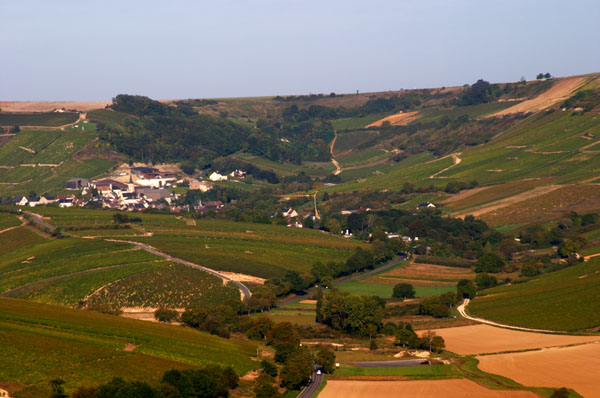
[hr]
2011 Vintage in the Central Loire
Unusual and unpredictable weather for our classic wines
Summer weather in spring, autumn weather in summer: an extraordinary set of weather patterns shaped the 2011 winegrowing season. In April and May the vines experienced unusually rapid growth which continued right up until flowering; then things settled down again, and normal growth and ripening patterns resumed. 2011 is bound to go down as one of the earliest vintages since the famous harvest of 1893. Despite the weather, the wines are just as we had hoped and expected: full and supple on the palate with the classic Loire freshness, well-defined flavours and the potential to broaden out and develop over the next few months.
In the Vineyard
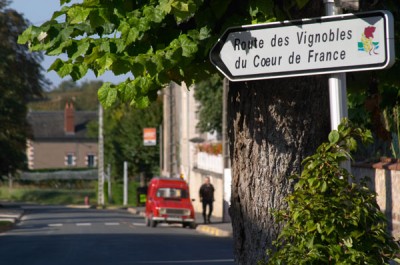
Temperatures were mild towards the end of winter and bud-break came early, around the first week in April. A very warm, dry spring (2.7ºC above average in April and May, rainfall down by 65%) caused an almost unprecedented rate of growth; each new phase followed the last at a frenzied pace, leaving only 53 days between bud break and flowering instead of the average 65. Flowering itself was rapid, three weeks ahead of schedule and was over by the end of May.
And then everything changed. Temperatures fell, especially between July 14th and August 15th. It became more humid; and not a moment too soon for the grapes on which the frenetic pace was starting to take its toll. The vines recovered well, took up the moisture they needed and quickly got back to normal. The temperature rose again during the ripening stage; pockets of thundery rain sped up ripening but had a negative effect on plant health in certain places.
Apart from the hailstorms which caused some severe damage in part of the Quincy vineyard on May 2nd, the weather was not quite so unkind at harvest time. Mildew and oidium, the two main vine diseases, were relatively superficial, and little remedial intervention was needed.
Continued below.
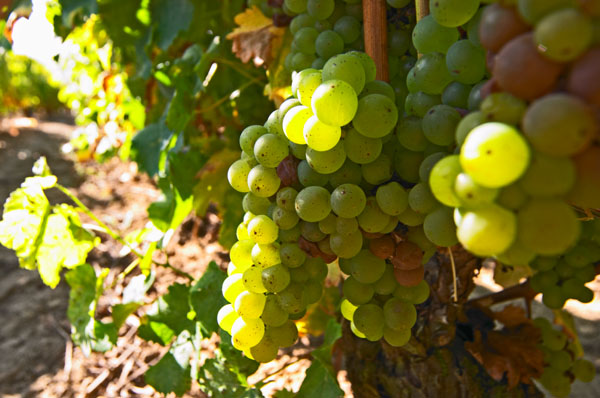
Ripening
Early development and healthy foliage were among the first indicators of a high quality vintage. Despite rapid development in most areas, the ripening phase was slow. Patience definitely proved to be a virtue this year: in addition to monitoring the sugar-to-acidity balance which quickly reached the required levels, wine growers were well advised to taste the berries to assess flavour ripeness. Delaying in this way was a feasible option as the grapes were generally in good health, except for the 10% or so of parcels where botrytis made a worrying appearance. Where grape health was compromised, débourbage (whites) and painstaking tri (hand picking) for the reds helped to “clean up” the harvest and maintain a high level of quality.
The grapes began to show good levels of sugar (but not excessive, as in 2009) alongside relatively low acidity. Thanks to mild temperatures and an often overcast sky, freshness of flavour has not been compromised.
Continued below.
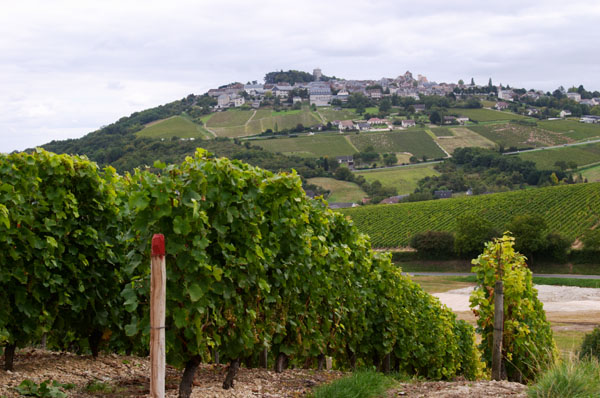
The Harvest
Harvesting was staggered over almost a month, and the weather was kind throughout. The terroirs which had suffered from lack of water during June and July were the first to be ready; the first grapes were picked from August 29th onwards, in Sancerre for whites and Pinot Noir in Reuilly for reds. Reds and whites were harvested simultaneously. In the Central Loire most were harvested between 5th and 17th September with the last crops coming in on September 22nd. Never before has a harvest been over before the end of summer; not even 2003 and 1976 were quite this early.
Read more below.
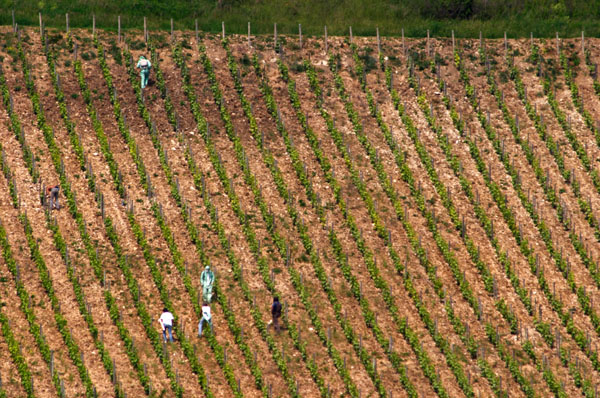
2011 Vintage: First Impressions
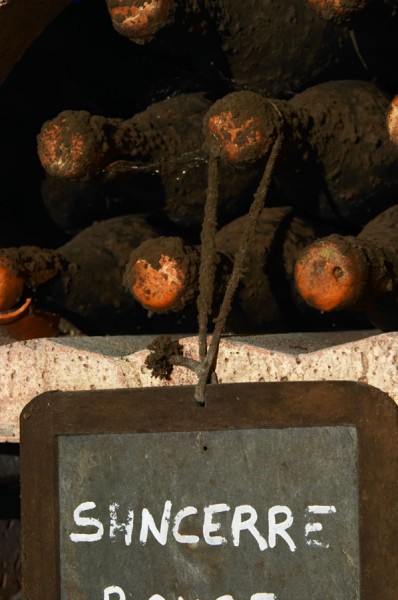
Whites are soft and mellow with a lovely natural sweetness. They are beautifully rounded, and despite reduced acidity, freshness and balance are good. Flavours are already intense and elegant, but will open up more over the next couple of months. White flowers and fruit are the dominant flavours (citrus and white-fleshed fruit) with vegetal and spicy notes.
Reds are showing a vibrant, intense colour. They are well-rounded on the attack with expressive flavours of fruit (morello cherries) and flowers (peonies). Tannins are well-balanced and even, often a touch firm on the finish, but this will mellow over time and meld with the softness already apparent on the mid-palate.
For further information :
UK : Chris Skyrme, Sopexa (UK), +44 207 312 3644
France : Benoît Roumet, BIVC, https://www.vins-centre-loire.com


